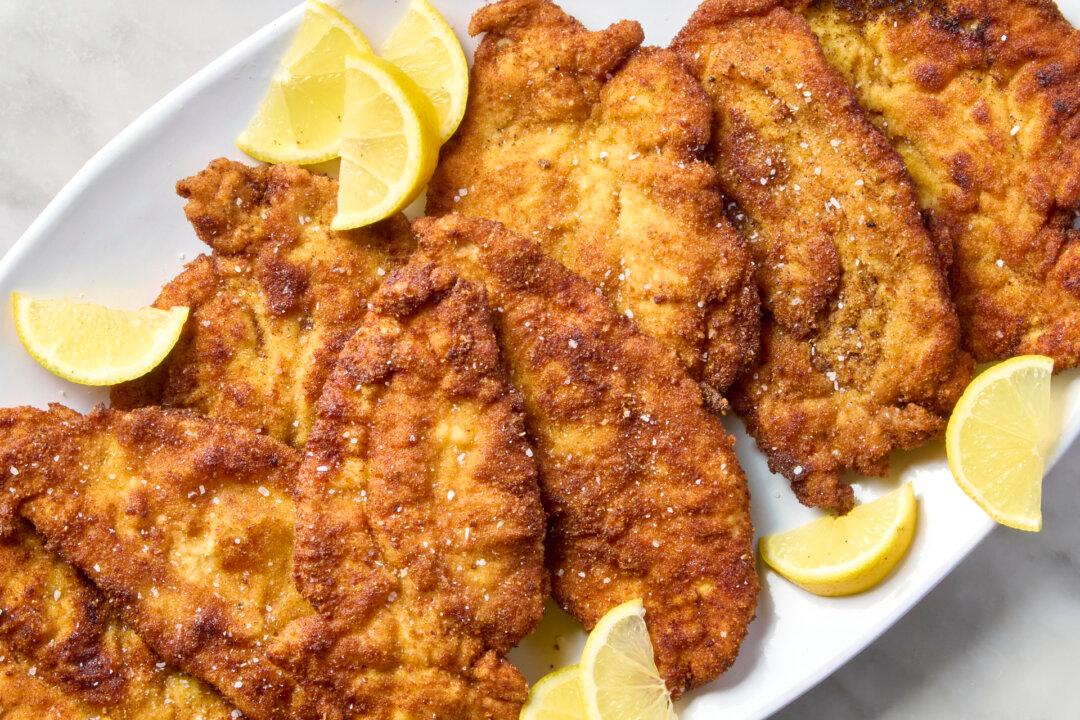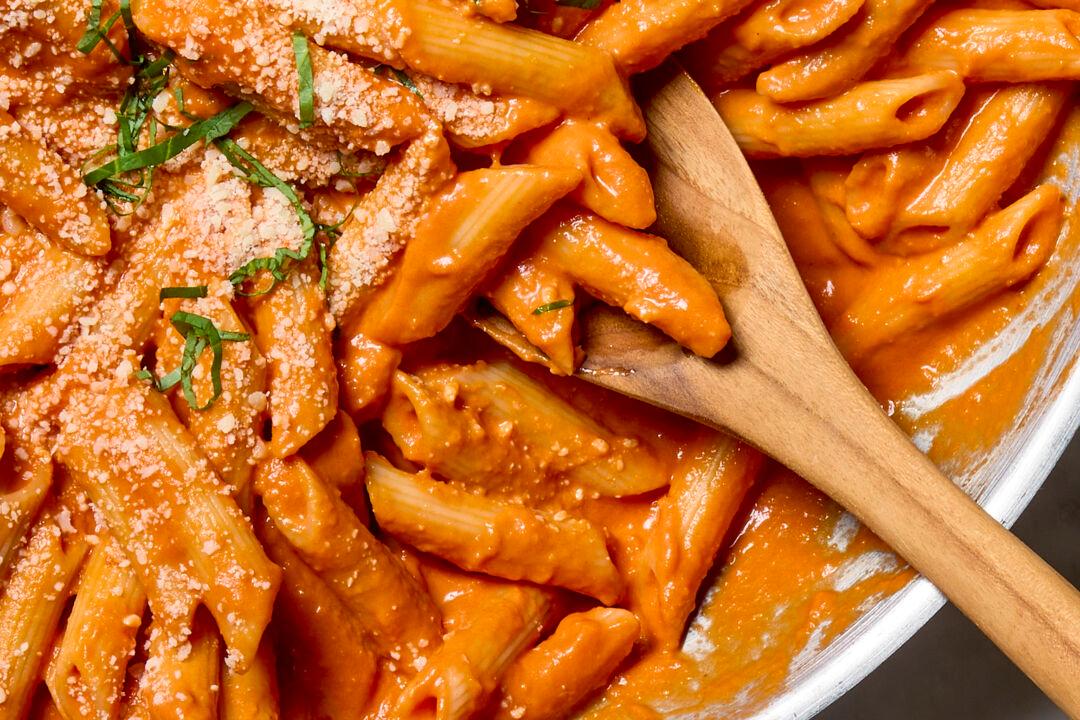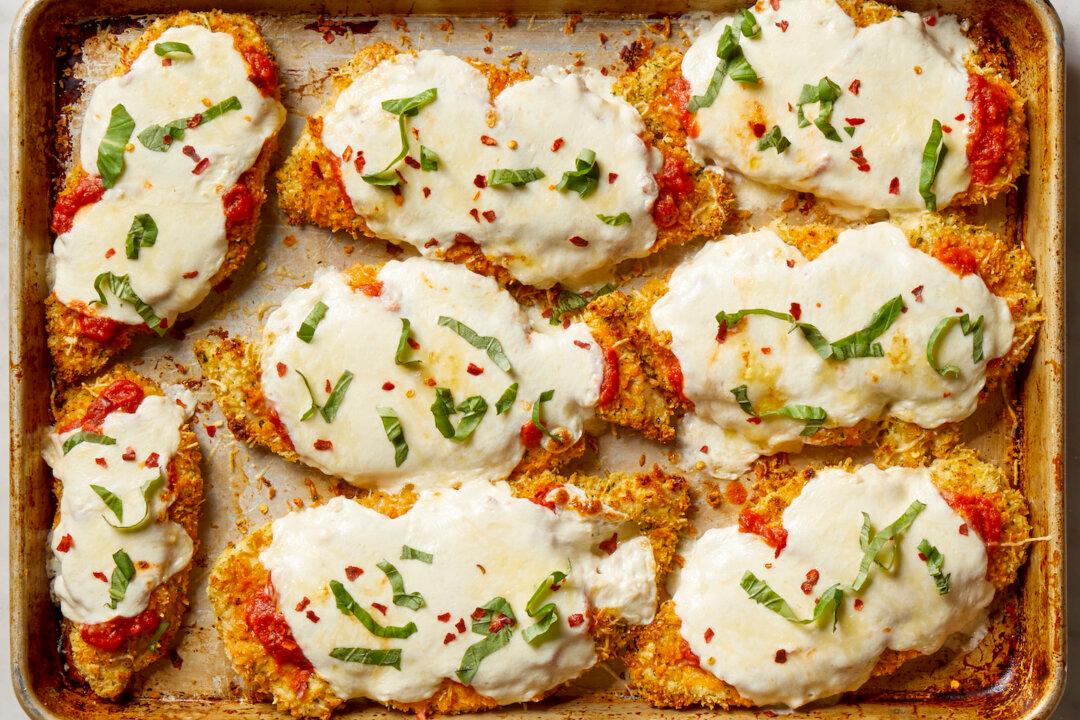If lobster ravioli is on the menu at a restaurant, you better bet I’m ordering it. When I was growing up, it was the ultimate luxury to be able to order my two favorite things in one dish: pasta and lobster. So I was extra excited to develop this recipe. Sure, making ravioli is going to take some time and effort; it’s just the nature of this pillowy filled pasta. But I streamlined the process as much as possible. Just remember that it’s supposed to be fun — and it’s even better if you do it with a buddy.
Ingredient Notes for Lobster Ravioli
The pasta: I started with Kitchn’s go-to homemade pasta recipe. The ratio of eggs to flour is just perfect, and the soft dough is super easy to work with.
The lobster: To make things simpler, I’m not expecting you to cook your own lobster (although you certainly can if you have access to fresh lobster!). Start with whole cooked lobsters and crack the meat yourself, or buy already shelled lobster meat.
The filling: Once you get the lobster ready to go, just add a bit of ricotta, Parmesan, parsley, lemon zest, and garlic. You don’t want too much — lobster reigns supreme.
The sauce: Because I wanted all the time and effort to go into preparing the ravioli, but couldn’t sacrifice not having a great sauce, I used my go-to tomato and wine cream sauce. It comes together in less than 10 minutes and tastes as silky and rich as any long-simmered pasta sauce. And the combo of wine and lobster is richly satisfying. That said, my sauce is not the only way. A buttery garlic sauce, Alfredo, or marinara would suit this dish just as well!
What to Eat With Lobster Ravioli
Lobster ravioli is such a stunning dish that it must be the main attraction on the table. Pick crisp green sides to accompany it (think: steamed broccoli, a simple green salad, or roasted asparagus). A nice, fresh bread like a baguette to sop up extra sauce is clutch. And if you drink white wine, keep the rest of the bottle that you used to cook the sauce on ice to serve alongside dinner.
Tips for Rolling out the Pasta Dough
1. The dough should be super thin. It should almost be transparent.
2. Dust the pasta lightly with flour as needed. This will help to keep it from sticking. You can also lightly dust the machine or rolling pin with flour.
3. Don’t hurry the process. If the pasta is tearing, you are likely moving it through the roller too fast. Slow down and make sure to put it through each thickness a few times before proceeding to the next.
Your Options for Rolling out the Pasta Dough
- KitchenAid pasta attachment: The fastest and easiest way to roll out pasta is using the pasta attachment on a KitchenAid stand mixer.
- Hand roller: A hand roller is going to be the next-best bet for cranking out thin sheets of pasta.
- By hand: If you don’t have either gadget, do it the old-fashioned way. Just be prepared — rolling out pasta with a rolling pin takes a lot of elbow grease.
Your Options for Cutting the Ravioli
No matter which way you choose, these are going to taste and look amazing. The truth is you need very little tools to actually make ravioli, but the more you have, the easier the process.





